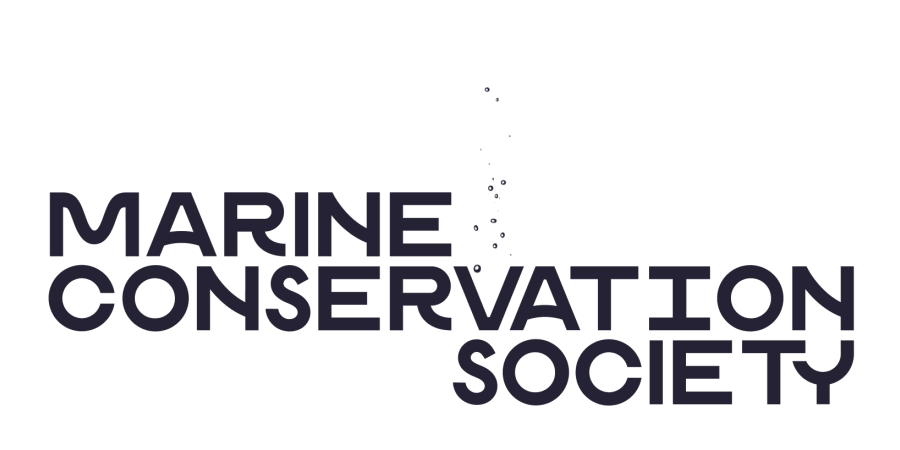
Chemical pollution's animal impacts
2 minute read
There are now proven links between harmful chemicals and the health of animals. These include damage to their nervous systems, immunity and their ability to reproduce.
With more studies on the long-term effects of chemical pollution published regularly, research is showing the frightening, real-world consequences of inaction on our blue planet.
So just what are the impacts of harmful chemicals on wildlife?
Otters
Polar bears
Killer whales
Harbour porpoises
Seal pups
Harmful chemicals in young, already vulnerable, marine mammals are impacting their ability to survive. Following a study of grey seals on the coast of Scotland between 2015 and 2017, scientists found that 18-day old seal pups have already accumulated high enough levels of harmful chemicals in their blubber to impact function, which may negatively impact their ability to survive their first year of life at sea.
The impact of chemical pollution on our blue planet is profound. If we’re going to prevent further environmental breakdown and fight the biodiversity crisis, we must address chemical pollution.
Sandy Luk, CEO





